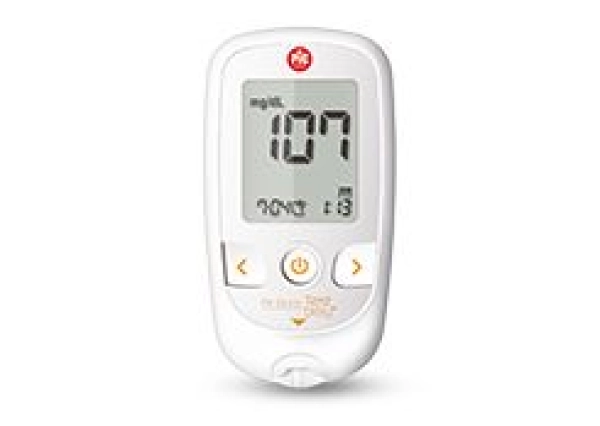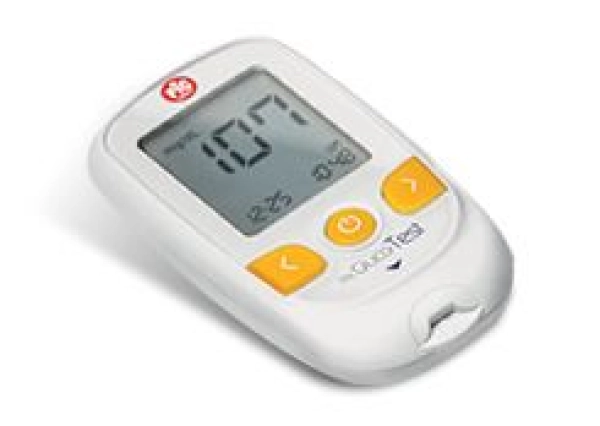

Scales are not, or rather should not be, a prosecutor pointing the finger against fat or invoking impossible "beach body" ideals. New weight measurement technologies now make it possible to transform scales into integrated platforms to improve our lifestyle, first of all, as well as our health. These "evolved" digital scales are multifunctional and even connected in some cases, and instead of displaying only a single, inescapable number to represent our weight, they provide a detailed picture of our body.
We all know that weight is a crucial factor leading to pathologies such as high blood pressure and type 2 diabetes. Multifunction scales can offer a quick, complete overview of our health, especially when they integrate with other connected devices that measure cardiovascular system or blood parameters. Wireless technology allows us to share all of these data with our doctor or specialist, to find out if we are overweight and, if that is the case, what risk factors for more serious diseases we should be aware of.
New scales display kilos as well as an array of parameters associated with weight: basal metabolic rate, muscle mass, hydration levels, bone weight and the so-called BMI (or body mass index); these are all data required to adjust our diet towards the most suitable nutrition for us. The secret behind scales that go beyond weight is impedance technology, which used to be the prerogative of specialised medical professionals. This type of solution uses a series of electrodes, placed under the surface of the scale, to release a short electricity flow and measure how the tissues in our body react. Lean tissue, for example, is very good at conducing electricity, while fat blocks current from flowing: so, according to the amount of resistance to electrical impulses they record, scales can calculate specific parameters regarding our body composition, right from the comfort of our home.
Impedance scales can calculate the user's BMI: the ratio between weight in kilos and height in meters, squared. This value is often used to find the so-called "ideal weight". According to the World Health Organization, the BMI is an important indicator to assess risk factors connected to weight. To find out if you are in shape or not, just compare the scale's "verdict" with the BMI table detailing the correct proportions between height and weight. For example: according to the BMI table, a man is overweight if his weight divided by the square of his height is between 26 and 30, while for women the range is between 25 and 30.
On top of your BMI, multifunction scales offer a variety of details about the body's composition, by also measuring the ration of fat mass we have - i.e. the weight of the fat that tends to accumulate on parts of our body such as the waist, legs and hips. To explore this value more in depth, you should know it must be interpreted in a different way depending on your sex and age. Indeed, the percentage of fat mass is usually considered "normal" when it's between 19 and 32% in women and between 13 and 25% for men, depending on how old they are.
Hydration levels are another parameter that may have seemed "exotic" before impedance scales were available. Our body is 72% water, so hydration is a key factor in analysing weight. When our organism struggles to release excess liquids and accumulates them inside, our weight can increase noticeably. Measuring our hydration level provides a number of crucial data to our doctor or diabetologist, so specialists can give us practical advice on physical activity, nutrition and lifestyle. Similarly, impedance scales can also measure the weight of our bones, i.e. the quantity of bone minerals and calcium in our body. Just like our muscle mass and inner tissues, bones are part of our organism's lean mass, which can be carefully analysed to find out just how much our final weight is determined by our build.
One of the main innovations offered by new-generation scales is a calculation of the basal metabolic rate, a parameter that makes up for approximately 65% of our daily calorie consumption. This means that if a person burns 2,000 calories a day on average, 1,300 are used by the organism's "ordinary maintenance". Basal metabolic rate is not always the same: it's lower in women, decreases with age regardless of sex, and increases in overweight people. Considering the fact that weight gain occurs when there is an excessive calorie intake, the huge role played by metabolism in regulating weight becomes clear. Before we had "smart scales", basal metabolic rate could be calculated only in specialised clinics equipped with calorimetry devices.






